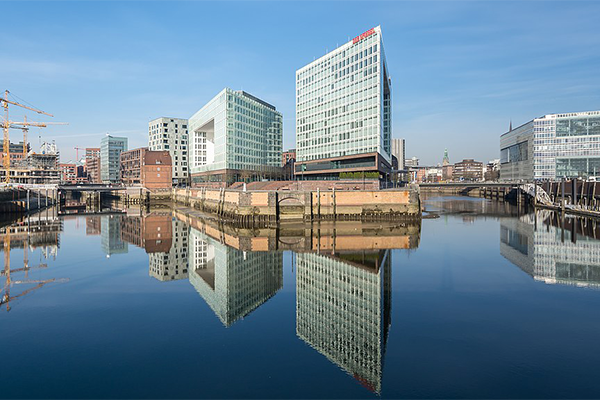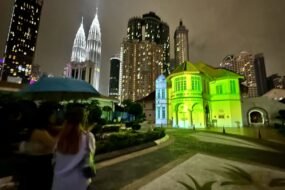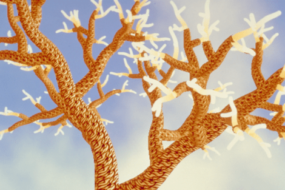
Hamburg will significantly expand its cultural footprint in 2026 with the opening of the UBS Digital Art Museum, a purpose-built 7,000sqm venue in the HafenCity district that will be dedicated entirely to immersive and digital art under the artistic direction of Ulrich Schrauth and the naming sponsorship of UBS.
This museum will launch with Europe’s most expansive permanent exhibition by teamLab, the internationally renowned art collective known for its immersive, algorithm-driven environments. The Hamburg venue becomes teamLab’s third major permanent museum, following their installations in Tokyo and Shanghai.
The museum’s location in HafenCity positions it alongside other key institutions, including the Elbphilharmonie and the International Maritime Museum. This choice reflects a long-term vision for HafenCity as a hub for contemporary culture and experimental architecture.
The initiative is privately led by entrepreneur Lars Hinrichs, who conceived the project following a visit to teamLab Borderless in Tokyo. Hamburg’s museum will act as both a standalone cultural destination and a platform for exploring the convergence of art and digital technology.
The inaugural exhibition, teamLab Borderless Hamburg, will occupy the entire building, offering a fully integrated art experience where digital works respond to movement, touch and presence. High ceilings reaching 10 metres will accommodate large-scale projections and interactive environments, merging space, light and motion across multiple rooms.
Beyond its opening exhibition, the museum has stated its ambition to become the world’s first climate-neutral art institution.
For professionals across digital media, exhibition design, and cultural infrastructure, the UBS Digital Art Museum represents a scalable and transferable model for immersive art environments.
With Hamburg positioning itself as a European anchor for immersive digital art, the opening of this venue sets a new benchmark in how technology, architecture and public programming can converge to shape the future of cultural spaces.










